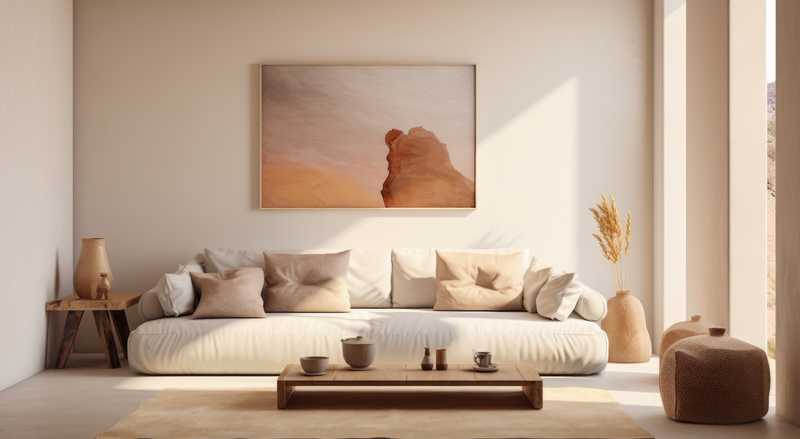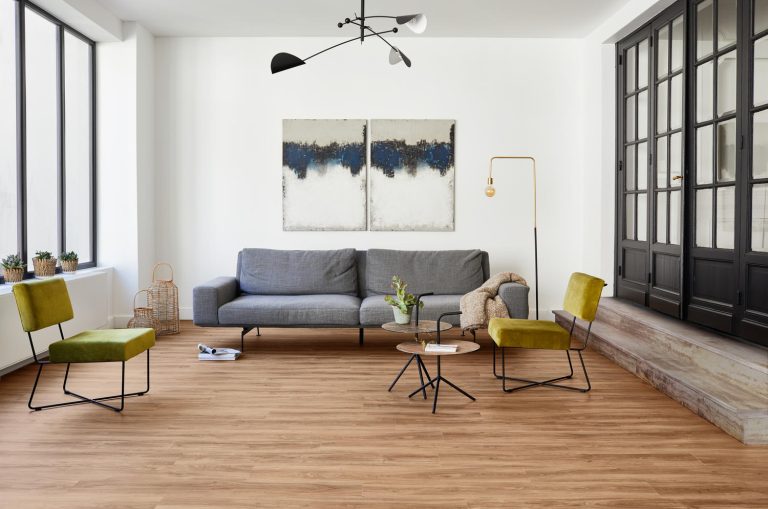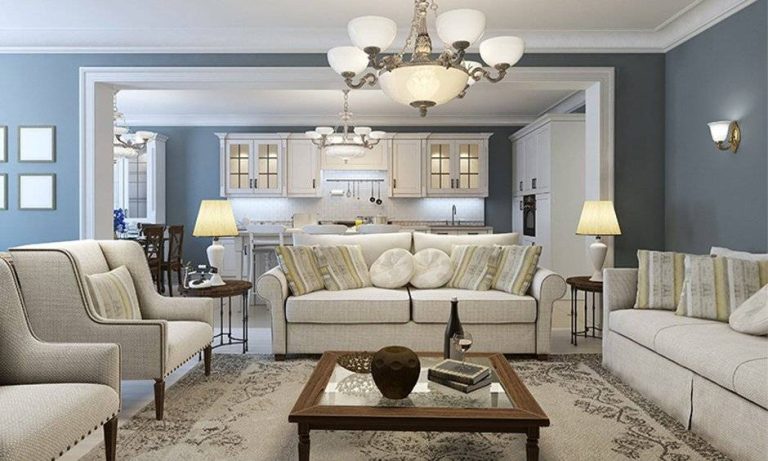
Home decor is an art form that allows individuals to express their personality, create a comfortable living space, and set a mood for their home. The two main components that shape a space—theme and decor—are often used interchangeably, but they serve distinct roles in home design. While decor encompasses the individual elements and objects that fill a space, a theme is a guiding framework that provides cohesion and a sense of unity. Both are vital in creating a beautiful, functional home, but understanding the difference between theme and decor is key to ensuring your space feels thoughtfully curated and harmonious. In this article, we will explore the concepts of theme and decor in home design, their respective roles, and how they can work together to elevate your space.
What is Theme in Home Decor?
A theme in home decor refers to a unifying concept or overarching idea that ties together the design elements of a room or entire home. It’s the blueprint or foundation upon which all other design decisions are made. A theme is not just a superficial aesthetic; it defines the mood, style, and overall feel of a space. For example, a coastal theme might evoke the breeziness and serenity of the ocean, while an industrial theme might channel the raw, edgy feel of an urban loft.
Themes can be broad or specific. A broad theme might encompass an entire design style, such as Scandinavian, bohemian, or mid-century modern, while a more specific theme could be something like “sunset-inspired hues” or “vintage farmhouse.” The beauty of a theme is that it sets the direction for the entire design process, ensuring that all elements of the space—whether they are furniture, lighting, color schemes, or accessories—work together in harmony.
The Role of Decor in Home Design
Decor, on the other hand, refers to the individual elements and objects that fill a space and bring it to life. Decor includes furniture, rugs, curtains, artwork, lighting, textiles, and other accessories that contribute to the aesthetic and functional qualities of a room. While the theme sets the tone for the space, decor is the means through which that tone is realized.
Decor has the ability to add character, texture, and layers to a space. It allows for customization and personalization, as it’s through decor that you can introduce your own unique style, preferences, and personality. For example, a neutral-toned living room (which could be part of a minimalist theme) might be adorned with a bold-patterned rug, an eclectic selection of throw pillows, and a piece of abstract art to bring the room to life and make it feel lived-in and welcoming.
Unlike theme, decor is often more flexible and adaptable. While a theme might be fixed and deliberate, decor allows for periodic changes and updates to reflect seasonal trends, personal tastes, or evolving lifestyle needs. You could choose new decor pieces every season or make small changes as you acquire new items that speak to your evolving style.
Theme vs. Decor: How Do They Work Together?
While theme and decor serve distinct purposes, they work best when combined in a thoughtful and cohesive manner. A well-executed home design relies on the synergy between a defined theme and complementary decor pieces that reflect that theme.
-
Establishing the Foundation with Theme: The first step in designing a home is choosing a theme that resonates with your personal preferences and lifestyle. The theme will provide a cohesive foundation for all other design decisions. It’s the element that ensures your home doesn’t feel disjointed or chaotic. Whether you opt for a minimalist theme with sleek furniture and neutral colors or a vibrant bohemian theme filled with colorful textiles and eclectic furnishings, the theme helps to anchor the design.
-
Adding Character and Depth with Decor: Once the theme is in place, decor is the next layer that brings personality and depth to the space. This is where you can have fun and inject your individuality into the design. A rustic farmhouse theme might have decor pieces such as distressed wood furniture, vintage clocks, floral prints, and warm lighting to enhance the homey and welcoming vibe. Likewise, a modern industrial theme could be brought to life with exposed metal light fixtures, leather furniture, and contemporary art pieces.
While the theme guides your overall aesthetic, decor gives you the freedom to experiment and add personal touches, making your space feel truly unique. For example, even within a defined theme, you might choose to decorate with items that hold personal significance—whether that’s a family heirloom, a piece of art from your travels, or a favorite color that gives the space meaning and warmth.
-
Finding Balance Between Both: Achieving a balanced home design involves knowing when to prioritize the theme and when to let decor take center stage. A room’s theme should serve as the dominant force, but the decor can act as a vehicle for expressing the nuances of that theme. For instance, in a modern coastal theme, you might emphasize light wood furniture, neutral walls, and soothing blues, but it’s the decor—such as sea-inspired artwork, woven baskets, and textured throws—that makes the space feel complete and adds a sense of livability.
Finding balance also means ensuring that the theme doesn’t become too overpowering, and that decor doesn’t overwhelm the cohesive concept you’ve chosen. Too much decor can distract from the theme and create a cluttered, disorganized space. Conversely, a theme that’s too rigidly followed without the right decor elements can result in a sterile or lackluster environment. The key is harmony: the theme should guide the design decisions, but the decor is what breathes life into the space.
Theme and Decor: Flexibility and Adaptability
One of the advantages of working with both theme and decor is the flexibility each offers. Themes can be long-term, and once established, they serve as a constant guiding principle for your home. However, as trends evolve or as you undergo personal growth, you may wish to update or change certain aspects of the decor. Changing a room’s decor is a relatively simple process—you can swap out throw pillows, update the artwork, or add a new rug to freshen up the space without needing to completely overhaul the theme.
In contrast, the theme you choose may remain relatively consistent, evolving only gradually over time. If you initially design a room with a contemporary modern theme, you could later incorporate more eclectic or vintage decor without needing to fully abandon the original concept. The beauty of decor is its ability to adapt, allowing you to reflect changes in your taste without disrupting the underlying theme.
Pros and Cons of Focusing on Theme vs. Decor
Pros of Focusing on Theme:
-
Cohesion and Unity: A theme helps to create a cohesive look throughout your home, ensuring that everything works together to create a unified space.
-
Guidance and Focus: A clear theme can make the design process easier by providing a blueprint for all the decisions you make regarding furniture, colors, and decor.
-
Long-Term Consistency: Themes tend to be more timeless, offering a long-term solution that won’t easily go out of style.
Cons of Focusing on Theme:
-
Limited Flexibility: Strictly adhering to a theme can sometimes limit creativity or make a space feel too uniform or predictable.
-
Potential for Rigidity: Some themes may feel too forced or contrived if not executed with care, leading to a lack of personal expression or warmth in the space.
Pros of Focusing on Decor:
-
Personal Expression: Decor provides the opportunity for individual expression and allows for a greater degree of flexibility in design.
-
Easier to Change: Decor can be updated or changed relatively easily, making it ideal for people who like to refresh their space periodically.
-
Customization: You can use decor to highlight specific aspects of your personality, from your favorite colors to meaningful souvenirs, artwork, or heirlooms.
Cons of Focusing on Decor:
-
Risk of Clutter: Without a strong guiding theme, decor can sometimes feel scattered or disjointed, making the space appear cluttered or overwhelming.
-
Potential Lack of Cohesion: If decor is chosen without considering a central theme, it can result in a space that lacks harmony or visual flow.
Conclusion: What Works Best?
Ultimately, the best approach to home decor is one that strikes a balance between theme and decor. A theme provides the framework and cohesion necessary for a cohesive home, while decor adds character, warmth, and individuality. The theme sets the tone for the space, and decor brings that vision to life with depth, texture, and personal flair. By thoughtfully combining the two, you can create a home that feels cohesive, inviting, and truly reflective of who you are. So, instead of choosing between theme and decor, embrace both for a well-rounded, beautifully curated home.





